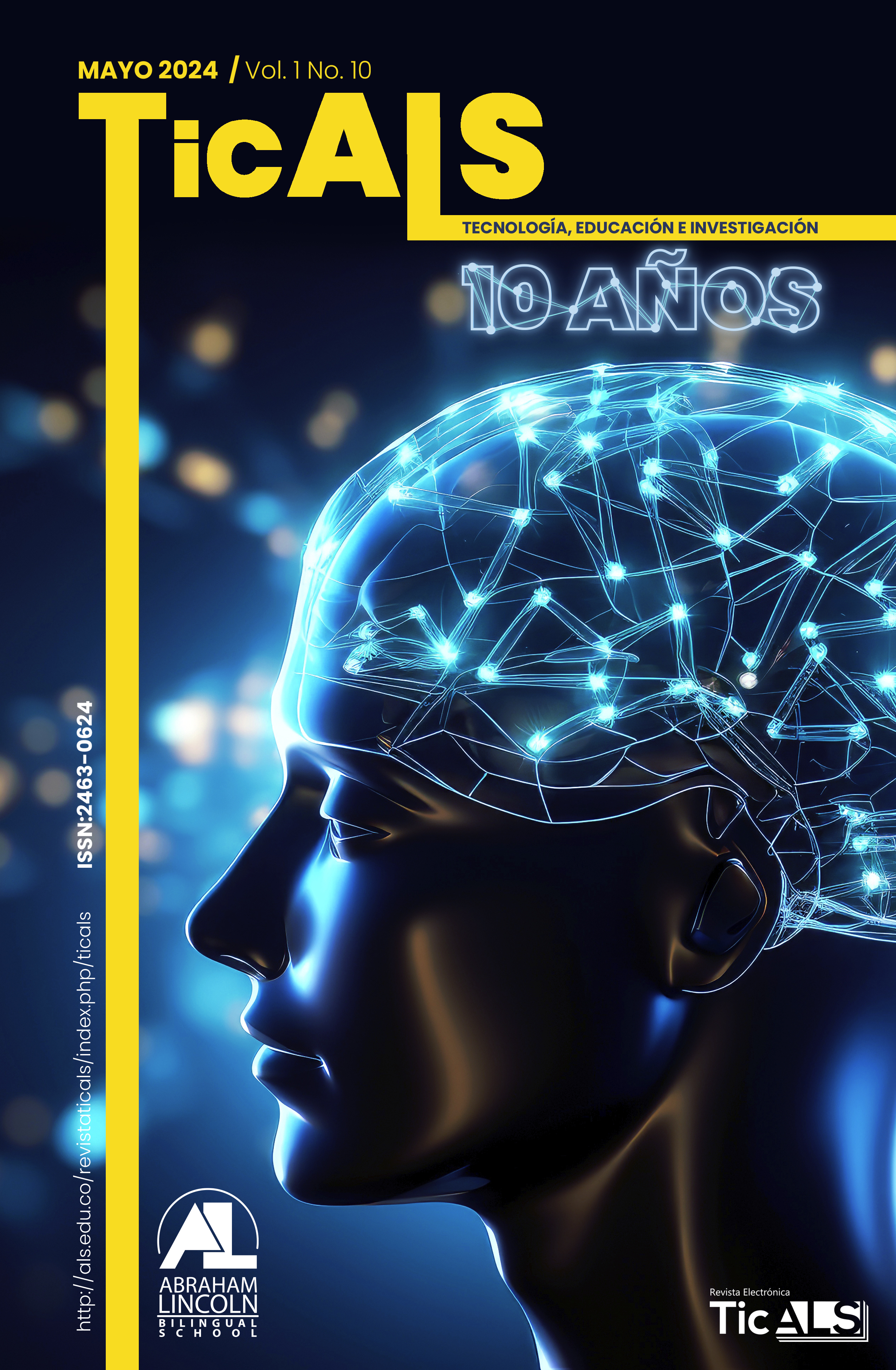Abstract
Empathy, essential for societal harmony in the contemporary world, stands out as a crucial skill in the educational field, where it is sought to be nurtured in elementary school students. This research delves into educational strategies that promote empathy, focusing on the school environment and employing a descriptive and inductive review of previous studies. The key question is: how can these strategies effectively cultivate empathy in elementary school students? To address this, recurring patterns in literature regarding the use of empathy as a pedagogical tool are analyzed, alongside the influence of teacher-student interactions and the role of educational technology. Furthermore, the power of literature as a means to foster empathy is explored. The research aims to identify successful practices and emerging trends that can guide future educational strategies, thus promoting critical reflection and innovation in empathy education in schools.
References
Astor, R. A., Benbenishty, R., & Estrada, J. (2010). School violence prevention programs. In B. Fisher & S. Lab (Eds.) Encyclopedia of victimology and crime prevention. Thousand Oaks, CA: Sage Publications.
Bandura, A. (1997). Self-efficacy: The exercise of control. W.H. Freeman.
Chen, J., & Lew, R. (2019). The Role of Teacher-Student Relationship in Shaping Empathy. Journal of Education and Learning, 8*(3), 1-10. doi:10.5539/jel.v8n3p1
Creswell, J. W., & Plano Clark, V. L. (2017). Designing and conducting mixed methods research. Sage publications.
Decety, J., & Fotopoulou, A. (2015). Why empathy has a beneficial impact on others in medicine: unifying theories. Frontiers in Behavioral Neuroscience, 457. doi:10.3389/fnbeh.2014.00457
D'Mello, S. K., & Kory, J. (2015). A review and meta-analysis of multimodal affect detection systems. ACM Computing Surveys (CSUR), 47, 43. doi:10.1145/2773598
Dunleavy, M., Dede, C., & Mitchell, R. (2009). Affordances and limitations of immersive participatory augmented reality simulations for teaching and learning. Journal of Science Education and Technology, 18, 7-22. doi:10.1007/s10956-008-9119-1
Graham, L. J., West, M. M., & Cifu, G. (2016). Creating an inclusive environment for students with disabilities: An interdisciplinary analysis of teachers' perceptions and practice. The Journal of Special Education, 50, 211-221. doi:10.1177/0022466916668482
Greenhow, C., Galvin, S., & Staudt Willet, K. B. (2020). What Should Be the Role of Social Media in Education? A Tensions Approach. Computers & Education, 156, 103961. doi:10.1016/j.compedu.2020.103961
Howard, S. K., McGee, S., Shia, R., Hong, N. S., & Cheng, B. H. (2016). Technology use in schools: A holistic approach to barriers and facilitators. Computers & Education, 98, 104-116. doi:10.1016/j.compedu.2016.03.008
Jolliffe, D., & Farrington, D. P. (2006). Examining the relationship between low empathy and bullying. Aggressive Behavior: Official Journal of the International Society for Research on Aggression, 540-550. doi:10.1002/ab.20154
Marcon, R. A. (2002). Students' perceptions of teachers' classroom management and students' affective reactions. The Journal of Educational Research, 110-120. doi:10.1080/0022067020959660
Merchant, G., Corlett, D., Gillen, J., Littleton, K., Devine, N., & Locke, T. (2017). Recombinant Innovation: Interactive and collaborative online research methods for STEM education. *Sage Open, 2158244017735356. doi:10.1177/2158244017735356
Rizzo, A., & Koenig, S. T. (2017). Is Clinical Virtual Reality Ready for Primetime? Neurology, , 1281-1282. doi:10.1212/WNL.0000000000004425
Shamay-Tsoory, S. G. (2017). The neural bases for empathy. The Neuroscientist, 398-409. doi:10.1177/1073858416679305
Sutton, R. E., & Wheatley, K. F. (2003). Teachers' emotions and teaching: A review of the literature and directions for future research. Educational Psychology Review, 327-358. doi:10.1023/A:1026131715856

